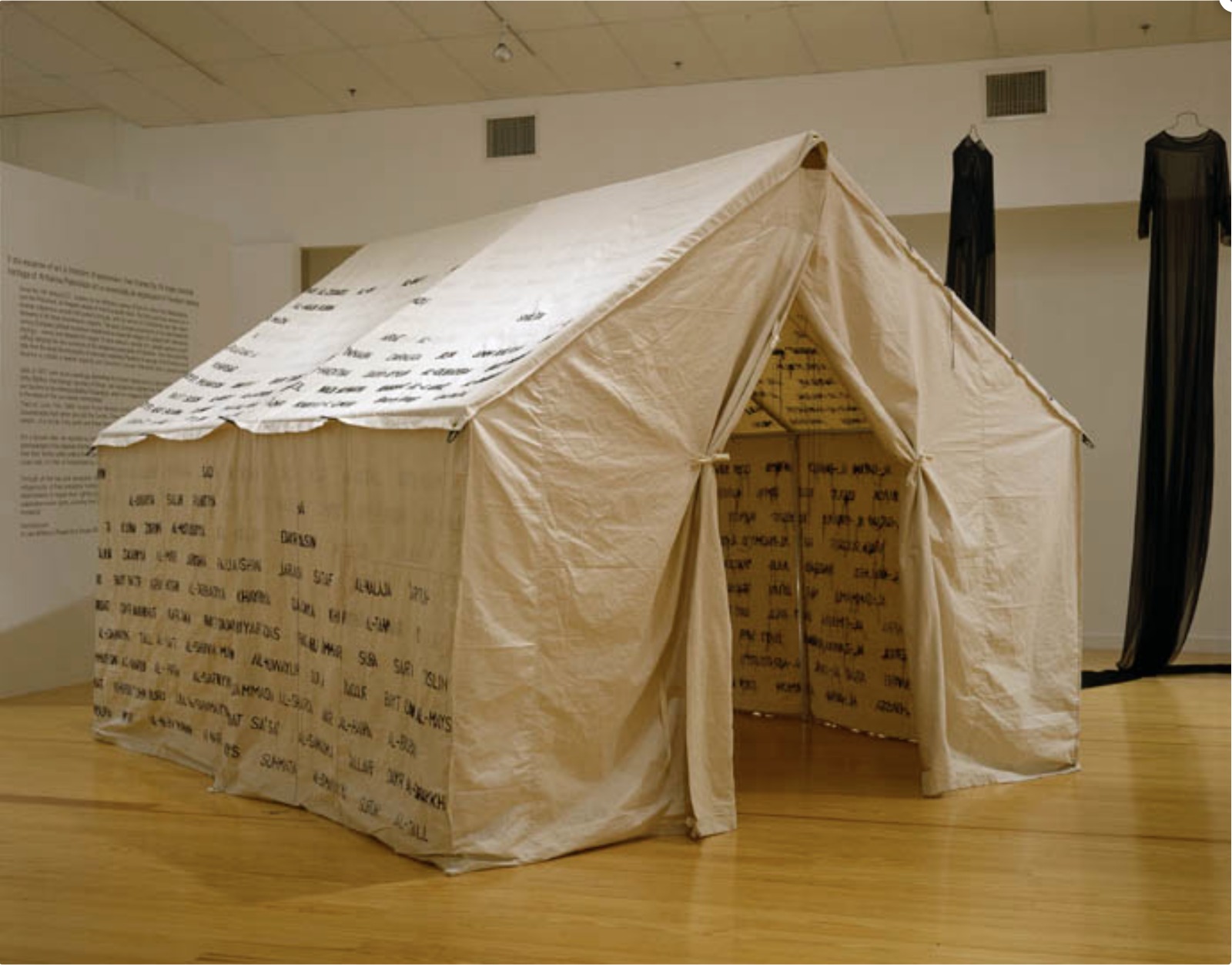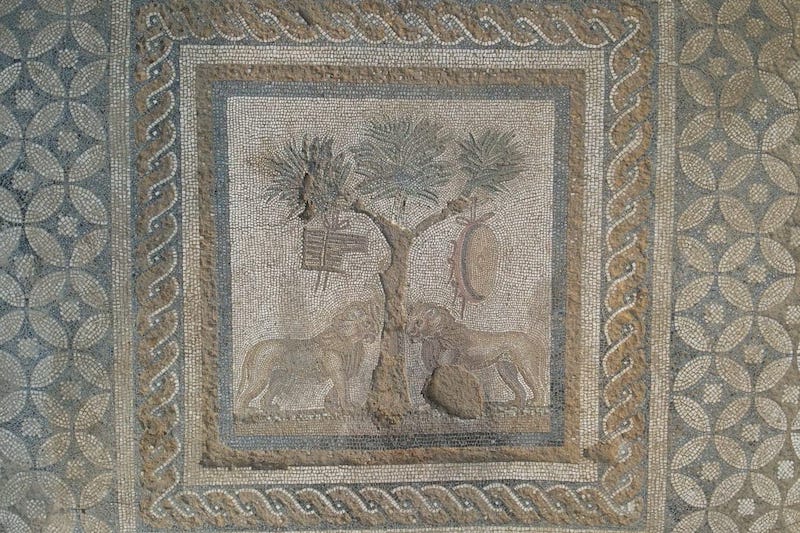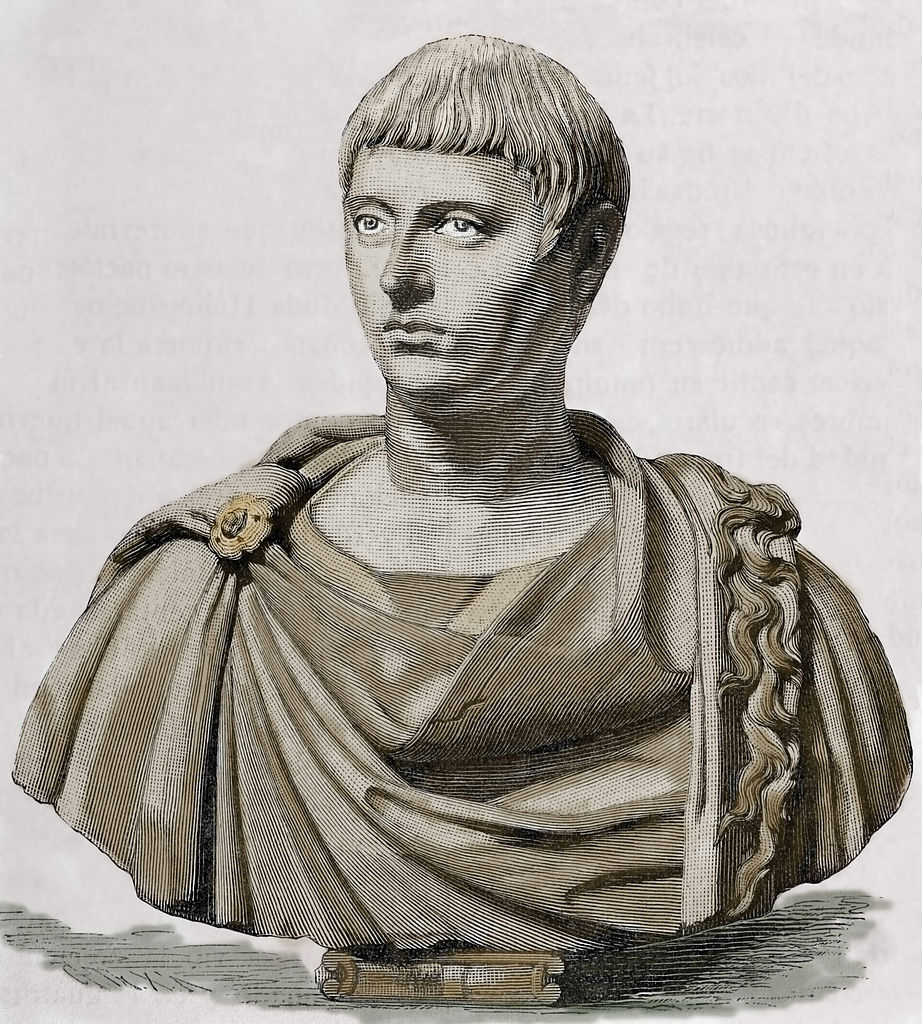Despite the progress that was expected to be made in the 21st century in the fight for human rights, social peace, and democracy, the reality in Palestine has been far from peaceful. The region has been under occupation for nearly a century, and the grim legacy of this situation is set to continue for future generations. The Israel-Palestine conflict has been marked by ceasefires, peace talks, and ongoing conflicts, all of which have shaped the fate of the region. In these occupied lands, art serves as the primary means of preserving the identity of the Palestinian people, expressing their resistance, and keeping their hopes alive.
Palestinian artists create artworks in response to the daily challenges and political realities faced under Israeli occupation. Their art serves as a reminder of the historical memory of the Palestinian people, as well as a symbol of solidarity and resistance against the occupation. Street art, murals, and posters are just a few of the mediums used in the effort to protect the identity and rights of Palestinians.
Struggle for national identity within art
During the years of occupation, cultural expressions were met with severe backlash. In the midst of oppression and violence, art became a means of safeguarding national identity. This sentiment strongly resonated with the public. In the 1970s and 1980s, artists were limited to exhibiting their works in schools, churches, and town halls. The popularity of these exhibitions and other artistic activities among the Palestinian people caught the attention of the occupying forces. Artists become a new front for resistance.
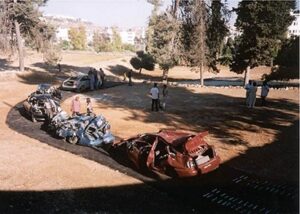
The period prior to the Oslo Accords of 1993, Palestinian artists were subjected to pressure from Israeli forces, which took various forms such as confiscation of their works, refusal to grant licenses to artists’ organizations, arson of exhibition areas, constant surveillance, and unjust arrests. In some instances, artists were even imprisoned for using the colors of the banned Palestinian flag in their works. Despite the strict laws and blockade imposed upon Palestine, the revolutionary spirit of Palestinian art was born from the denial of its cultural identity, where works of art served as political declarations and hanging the Palestinian flag could lead to prison sentences. This period inspired society and laid the foundation for the Palestinian art we see today.
Investing in creativity in Palestine
During the time of occupation, the Union of Palestinian Artists was the primary organization responsible for organizing artistic activities in the region. Although they received indirect support from the Palestine Liberation Organization, there were no available art schools in the area. As a result, artists had to travel to neighbouring countries such as Egypt, Iraq, and Syria to receive formal training. It wasn’t until the late 1980s and early 1990s that Al Najeh University and Al Quds University began to offer art programs, and only in 2006 was the first art academy established. Hence, most artists were self-taught or attended brief courses provided by other artists.
Despite the growth of organizations that facilitate and promote modern artistic practices, the visual arts scene in Palestine is still hindered by various local factors, particularly the occupation. Zawyeh Gallery, an independent visual arts gallery established in Ramallah, Palestine in 2013, is of great significance for Palestinian artists. It showcases the works of many artists who have contributed to the cultural heritage of Palestine. In addition to its local presence, the gallery also aims to support young artists and introduce contemporary and modern Palestinian art to a global audience.
Zia Anani, director of Zawyeh Gallery, highlights the importance of investing in creativity and artistic talent in Palestine as a way to resist the occupation. Anani explains, “We concentrate on promoting Palestinian art production, but we also feature artists who create art about Palestine or show solidarity. As a Palestinian, my ultimate dream is to build a contemporary art museum in Palestine. However, achieving this goal is challenging under occupation. Therefore, Palestinian contemporary art collections, like the artists, are experiencing exile.”
In 2020, during the pandemic period when curfews were in place in Ramallah, the first Art Fair was opened. The same year, the gallery opened its second center in Dubai. Along with the online Ramallah Art Fair, there is another exhibition called “Jerusalem: Hosni Radwan’s exhibition City of Paradoxes”, which will be exhibited online until the end of December. The fair is presented in a three-dimensional online format and is designed to allow anyone to access the works, regardless of geographical boundaries such as checkpoints.
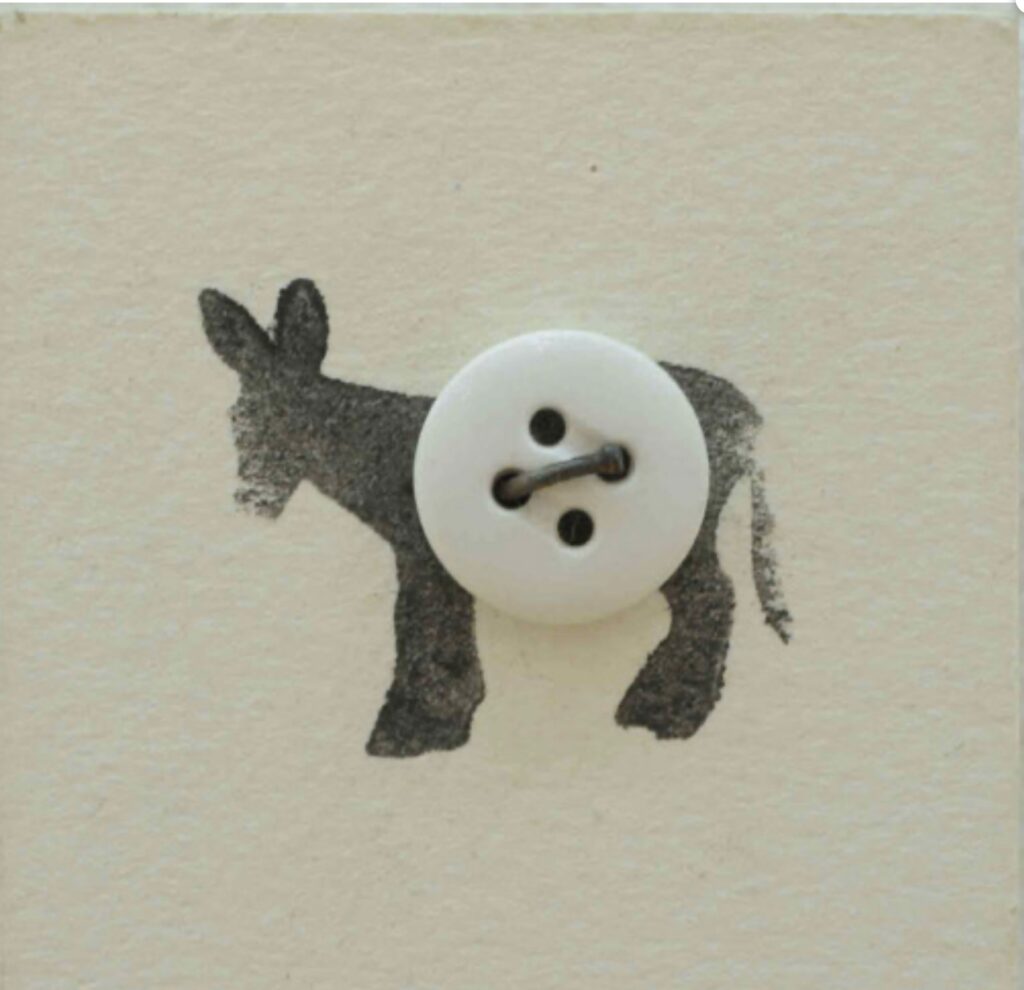
In a world where reality has become a toy in the hands of global powers, art continues to live with forms of expression that those powers cannot bend or transform. The skill of art is that it can break the routine with a single work and create questions in the mind and conscience, where the truth has been told a hundred times and is still not understood. As we listen to what is happening in the Palestinian territories today, we have to understand the truth by looking again and again at those who lived that history and reality, and at their production, not at those who play with it. Because the truth will not be shown on television.
Artists from Palestine
Sliman Mansour (1947, Palestine)n Mansour, who is considered one of the contemporary art pioneers of his country, focuses on the Palestinian freedom struggle in his works. The West Bank-born artist’s works, spanning 50 years, are exhibited in the British Museum; Institut du Monde Arabe, Paris; Barjeel Art Foundation, Sharjah; Guggenheim Abu Dhabi; and Khalid Shoman Collection/Darat al-Funun. Mansour, who is the co-founder and director of the Al-Wasiti Art Center in East Jerusalem and a founding member of the International Palestine Academy of Arts, also played a major role in the development of fine arts education in Palestine. Egyptian curator Omar Kholeif, says “iconic” and “a symbol of Palestinian resistance, melancholy and ambition over the last forty years,” for Mansour’s works.
Nabil Anani (1943- Palestine) Anani is a prominent figure in the contemporary Palestinian art movement. As an artist, he was appointed as the head of the Palestinian Artists Union in 1998 and played a key role in founding the first International Art Academy in Palestine. Due to the fact that his art is a reflection of the collective identity, Israeli authorities have subjected him to censorship on multiple occasions. He, along with other union members, has been interrogated and arrested several times for using the four colors of the Palestinian flag in his work. In 1997, he received the Palestine National Visual Arts Award, which was given for the first time. His art has been exhibited in various countries such as the Middle East, Europe, North America, and Japan.
Tayseer Barakat (Jabaliya refugee camp Gaza- 1959) He was born in the Jabaliya refugee camp in Gaza. The village of Mecdel in Jallali, where his family and relatives lived, was destroyed by Israeli forces in 1948. Barakat, who studied art in Alexandria, Egypt, moved to the occupied West Bank in 1981. She received a bachelor’s degree in painting from the Faculty of Fine Arts at Helwan University in Cairo and returned to Palestine in 1983, where she began teaching art at the UNRWA women’s teacher training center in Ramallah. He has exhibited his work in nine solo exhibitions, as well as numerous group shows, all over the world, including countries such as Japan, Brazil, England, Sweden, France and the USA.
Verda Tamari (Jaruselam 1945) Tamari is an Islamic art historian, curator, and art educator. She completed her ceramics education at the Instituto Statale per la Ceramica in Florence, Italy in 1972. In 1984, she received a master’s degree in Islamic Arts and Architecture from Oxford University. Tamari gained international attention for her installation titled “Going for a Ride?” which was created using vehicles that were crushed by Israeli tanks and turned into scrap during the occupation of Ramallah in 2002. She teaches art at Birzeit University and has established a committee for the development of cultural heritage. Tamari’s work was showcased in the Made in Palestine exhibition, which toured the United States in 2006.
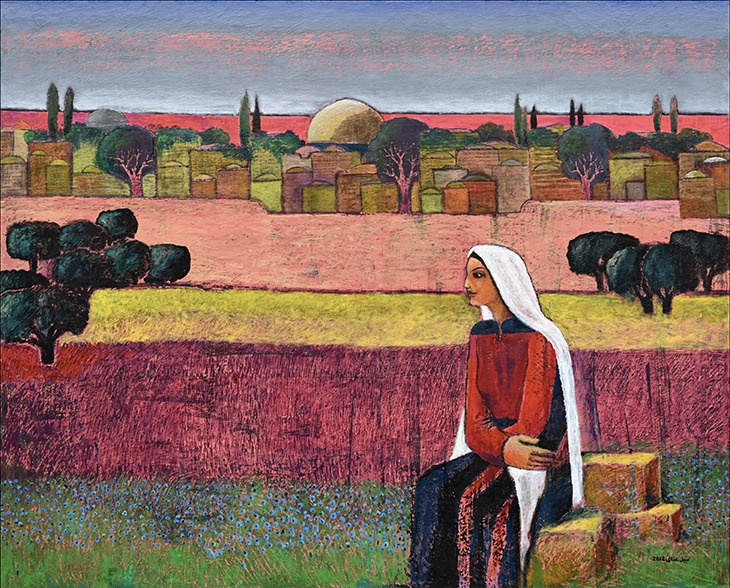
To be a woman in a refugee camp
Rana Samara (Jarusalem 1985) She conducted studies on virginity, sexual desire, relationships and roles with women in the El-Amari Refugee Camp. Samara, participated in many local and international group exhibitions and fairs, including Beirut Art Fair (2017) and Ramallah Art Fair (2020), including Contemporary Istanbul, Turkey (2019); Art Dubai, UAE (2017 and 2019). In a statement, Samara says: “I spent most of my childhood and teenage years observing and analyzing social and gender relations. I began to understand how valuable but also very hard a woman’s career and caregiving roles could be.” Samara, known for her vivid paintings of interiors from living rooms to bedrooms, explores the privacy of nature in her Landscape Dream series.
Dina Mattar (Bureij Refugess Camp- Gaza- 1985) Mattar, who studied art at Al-Aqsa University in Gaza, worked on various projects with European artists. She participated in various local exhibitions and workshops in Gaza in collaboration with the A.M Qattan Foundation and the French Cultural Center. Her works were also featured in international exhibitions in Geneva and France. Mattar, whose paintings are interpreted as “fairytale-like and brave”, describes her works as follows: “The bright colors I use are an invitation for hope, optimism and joy. It is an indication that we still exist… My works reveal my persistence and determination to exist and love life with everything beautiful.”





